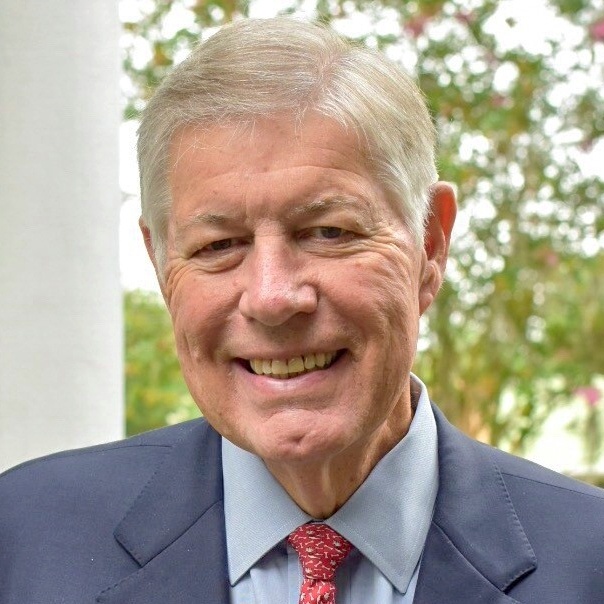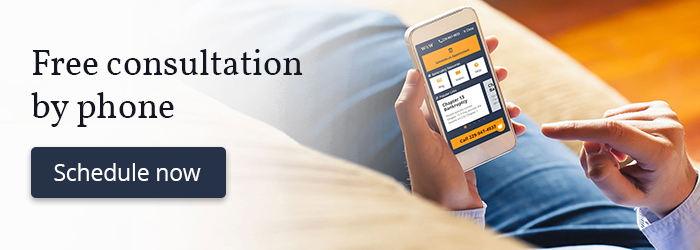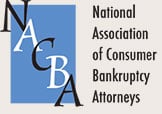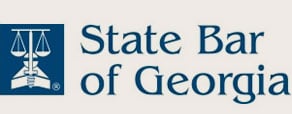In response to the economic hardship created by the coronavirus pandemic, the U.S. government suspended payments and interest on student loans. Now that schools and businesses have been reopening, many have wondered just how long the student loan forgiveness program would continue. Here are the details about what this means for those with student loans.
What to Know About Student Loan Relief
If you have student loans, you may have received some relief in 2020 when the COVID-19 pandemic started. Because the pandemic caused widespread unemployment, the U.S. government placed loans held by the U.S. Department of Education on a moratorium. This meant payments, interest, and collections were all suspended. When the moratorium went into effect, it was slated to end in September 2021; however, it is now slated to end on January 30, 2022.
At the same time, news reports have been discussing student loan debt relief in the form of cancellations, in amounts like $10,000 and $50,000. Cancellation is quite different from a moratorium. A moratorium is a pause for a specific period of time, after which you’ll have to resume monthly payments on your student loans. Cancellation eliminates the debt, so you don’t owe it any more.
Right now, there are no firm plans to cancel any amount of student debt. So, if you’re having trouble paying student loan debt, don’t assume your loan will be forgiven by cancellation. You need a firm strategy, not a wish.
Moratoriums and Forgiveness: A Brief Explanation
If you have student loans held by the U.S. Department of Education, your payments will start again after January 31, 2022. The government has signaled that it will not extend the moratorium further than that.
The moratorium never covered student loans held by private lenders. If you have a student loan held by a bank or other financial institution, it’s likely you kept paying, because the moratorium never applied to those loans. If you didn’t keep paying, you’ve ran the risk of default.
If you’re unsure whether your loans are held by the U.S. Department of Education or a private lender, you’ll need to check with the lender.
Bear in mind, that neither the pandemic-related moratorium, nor the discussion of cancellation, is related to other forms of forgiveness for student loans. There are forgiveness programs for folks who work in certain public service sectors, such as emergency responders or teachers. These generally require 10 years of work in the sector, after which the loans are forgiven. The participants in the program no longer owe the loans once they are forgiven.
Student loans are also forgiven if you are totally and permanently disabled. New legislation was recently enacted that will match data from either the Social Security Administration or the U.S. Department of Veterans Affairs with student loan holders automatically as a means of identifying who is eligible for this forgiveness, since both agencies pay benefits to the disabled.
What If You Don’t Qualify for Student Loan Relief But Need Help With the Debt?
Student loan debt is a problem for many people. It’s estimated that 30% of the adult U.S. population has some student loan debt. The average monthly payment is $200-$299, and many folks owe much more.
If you are having difficulty making the payments, there are several strategies to pursue. First, you can apply for an income-driven repayment (IDR) plan. IDRs attempt to make your payment affordable on your income.
Second, you can apply to consolidate your loans. You’ll need to carefully consider whether a consolidation will lower your overall monthly payment. Third, you can check to see if refinancing your student loans with a lower interest rate will lower your payments.
If you are unemployed, or in a situation where payment is difficult, you can ask for temporary forbearance. Lenders can give you a break on payments for a certain period of time, but it does not reduce the overall amount of your loan or the interest on it.
But, what if you’re still having trouble making payments or might have trouble once government student loan payments start up again early next year?
Bankruptcy Could Be The Solution
Bankruptcy can definitely be a solution if you’re having problems paying several different types of creditors, such as credit card debt, mortgage, medical debt, student loan, and other kinds.
There are two types of bankruptcy, Chapter 7 and Chapter 13. In both, the courts will discuss your debt with creditors and work a payment arrangement acceptable to them and to you. Once the payments have been made, your debt is discharged.
It’s important to realize, though, that bankruptcy usually does not discharge student loan debt. To have bankruptcy discharged, you need to convince the court that payment would create an undue hardship for you and your family. While this is possible, it is not common.
But what bankruptcy can do is help by dealing with your other debt. If you have credit card or medical debt, for example, your creditors may agree to discharge those in bankruptcy. So, if you have $500 in credit card payments and $200 in student loan debt, it’s possible to lower the $500 payment (and eventually eliminate it) through bankruptcy, which can help you pay the $200 in student loan debt.
Contact Us Today
Student loan debt can be overwhelming, whether it’s combined with other forms of debt or not. We can help you find financial peace. Woodall & Woodall offers a free consultation to discuss your debts and how to deal with your situation. Contact us today.






